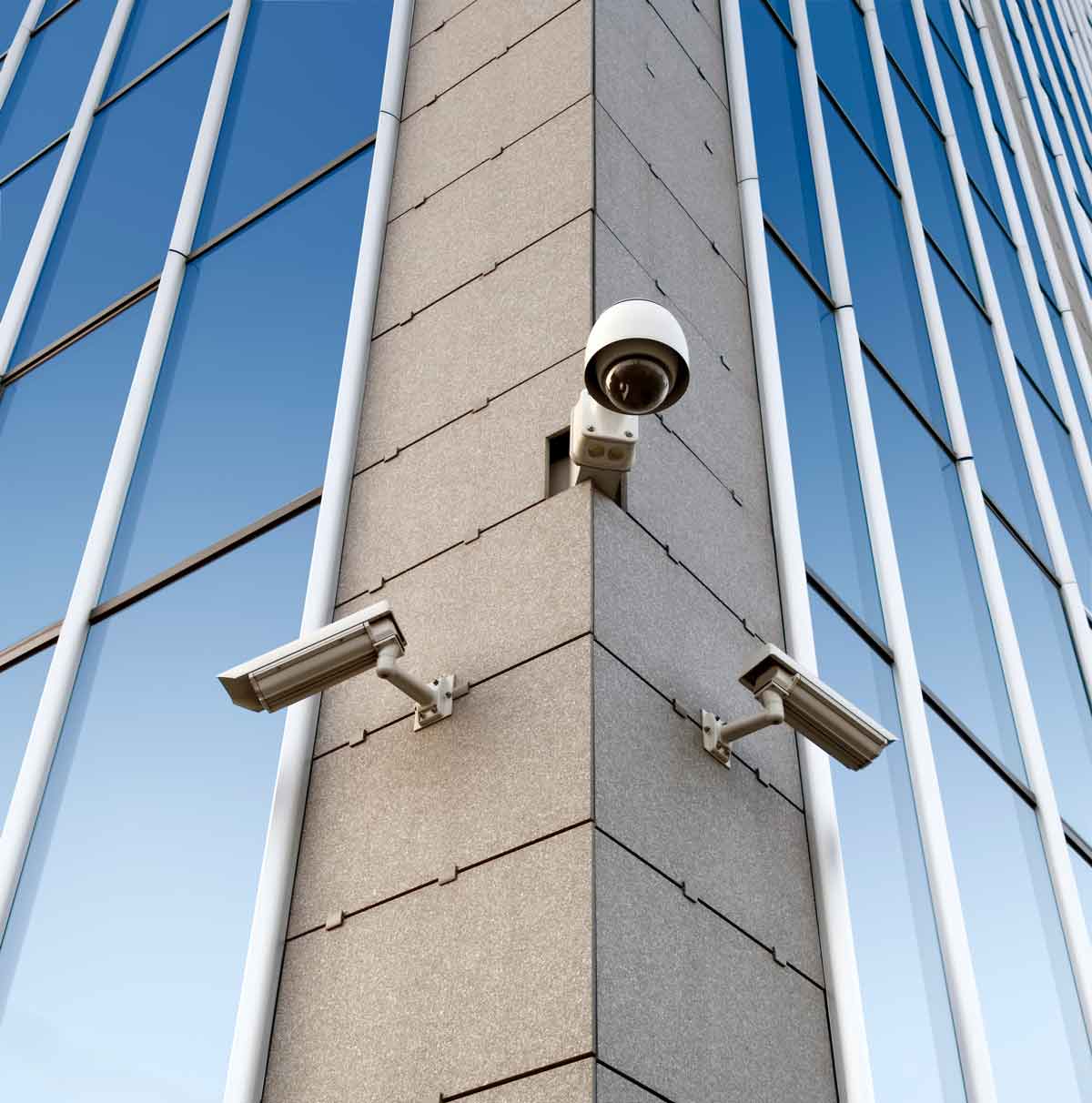Business Security Cameras Have Come a Long Way
December 16th, 2020 by admin

You know a B2B industry has come a long way when consumers start buying in. Typically, this means that the market has matured, bringing a higher level of convenience and cost-effectiveness.
This is absolutely true in the security camera market. Many new developments in hardware and software have made security cameras so cheap and convenient, dog-owners are using them to make sure their pet sitter treats their furry friend with respect.
SMBs won’t deploy the same surveillance camera models as consumers, but they will benefit from the same fundamental technologies, whose development costs are now being distributed across a much larger market.
Security cameras are valuable to businesses damaged by:
- Inventory loss
- Access problems
- Lack of oversight and accountability
- Vandalization
- Theft and Break-ins
- Lack of video documentation
- Customer experience
We’ll walk you through some of the advances in the last few years that are driving more value to business surveillance today, as well as how these technologies will impact your business surveillance system blueprint.
What has changed in Business Surveillance Systems Technology?
In 2004 security cameras were difficult to deploy, costly, and limited by poor visibility. This was due to a few factors that have been greatly mitigated through innovations since that time.
Digital video and data storage
The story of digital video over the last 15 years is explained in just two concepts: 4K and storage.
Digital cameras were pretty powerful back in 2004. You could buy a 7 or 10-megapixel camera. But you would pay over $500 for a good one, and video cameras suffered from data storage issues because of a 5GB hard disk costs $50.
4K was inconceivable.
Just think about it. Video cameras with 4K resolution generate roughly 2GB of data per minute, meaning that even if you were able to buy a 4K unit at that time, you would burn $20 per minute, or $1,200 per hour just to have a hard drive large enough to hold your footage.
Now you can pick up a 64GB thumb drive as a party favor at promotional events, and the cheap storage means HD video surveillance possible for most businesses.
The resolution makes an enormous difference in:
- Poorly lit areas
- Reading license plates
- Face identification
- Visibility from a distance
In turn, these advantages make surveillance systems much easier to deploy, since we can place them farther away from the content we want them to monitor. They can also provide more meaningful information, such as whether a customer smiles or frowns. In fact, customer experience is one of the most common reasons why retailers buy surveillance systems. Factories use HD surveillance technology to monitor whether safety precautions are being followed. In these scenarios, resolution matters.
Compression: Taking the “big” out of big data
When developing a comprehensive business surveillance system today, the most common bottleneck is actually transfer. When you have 50 security cameras around your property, all of which are generating 10-megapixel footage, the data demands add up quickly, even at modern storage prices.
Compression reduces the amount of data required for video, so we need to transfer less data without losing video quality. It works on both ends of the video, both on the recording side when the file is compressed, and then again on the viewing side when the file is reconstituted and played for a viewer.
It turns out compression ratios also saw huge innovations in the 2000s. H.264 was developed in late 2003 but took a few years and many revisions to see widespread use. Many different versions of this main innovation were developed to handle specific contexts, such as high frames per second, or ultra HD video. These developments completely changed security.
When monitoring scenes with little action, H.264 can compress video files by as much as 15,000x. This means that a 15,000GB video can be compressed to 1GB.
And if that wasn’t enough, H.265 was released in the mid-2010s to gain another 50-70% compression!
If you would like to understand more about how these codecs compress video (it’s insanely interesting), try Pelco’s Smart Compression Technology resource. Even this is just the tip of the iceberg, however, and you could spend weeks of your life understanding video compression, which codecs you might want to deploy, and for which cameras.
Without diving into the weeds on the compression topic, there is still one thing to be said before we close.
Compression is variable. In areas with significant action and change, compression will be much less effective than 15,000x. It will still shrink your bandwidth requirements more than you thought possible, but the content should be considered when developing a surveillance blueprint. And either the file size or the quality of the video will vary depending on the action in the actual footage.
Wi-Fi and Cloud
While data needs were shrinking, Wi-Fi bitrates were increasing exponentially. Now many businesses can upload over 10MB per second to the cloud, much less transfer to on-premise equipment. This has vast implications for business surveillance.
For instance, many businesses do not need to hardwire cameras into the Network infrastructure. They can use building-wide Wi-Fi to stream HD video to computers or servers, or use cloud deployments to deliver real-time video feeds to any device, anywhere in the world. Footage can be uploaded to the cloud, where stored in a secure location.
You might have friends who receive notifications whenever the mailman comes to their door, or who can show you when their dog is dreaming about a rib-eye steak. These solutions are driven by cloud platforms very similar to what your business might use to help you monitor your properties.
Developing a Business Surveillance Blueprint
There is a downside to all these emerging surveillance options; more options means more decisions.
Convergence Solutions, Inc. helps Denver businesses with developing and upgrading surveillance, taking the time to work through your requirements, and developing custom-made systems that work flawlessly and efficiently.
Many telecommunications companies on the market focus on cloud services to the exclusion of on-premise hardware installations. At Convergence, we take a broader approach so that we can make a real difference in our clients’ workspaces.
Our mission is to guide companies through the convergence of communications systems – of voice, video, and data networks, and also of personal and work lives – to provide more efficient and enriching ways of doing business.
Contact us today to learn more about security cameras
Posted in: Cloud Applications

